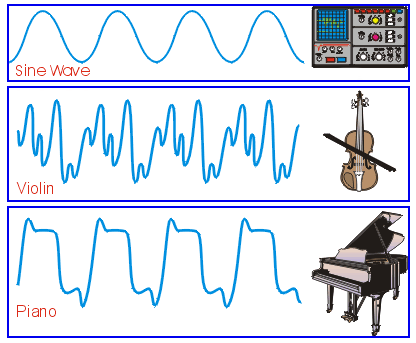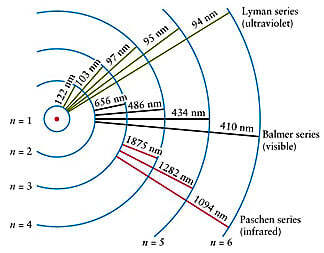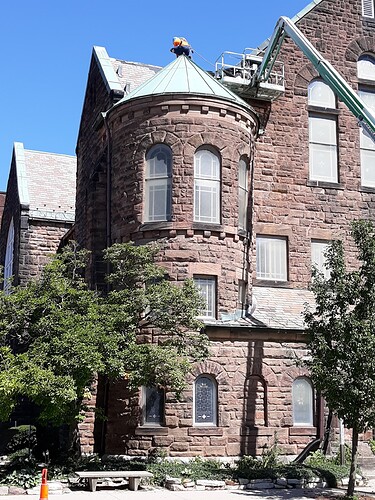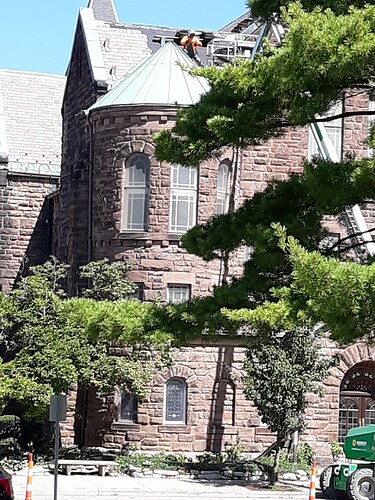Of the abstract:
The lower Waccamaw Formation [a set of deposits in a region with distinctive features, which is mappable] is a basal Pleistocene shelly sand [sediment is a mix of shells, sand, and a bit of mud] found in southeastern North Carolina and eastern South Carolina. Extensive field sampling [filling buckets with material and picking up individual things] and examination of museum collections has produced a near doubling in the number of mollusk species known from the Waccamaw Formation, from 650 to 1150 species [I’ve found a bunch of thing nobody has noticed before]. The field sampling has included over 1000 kg of bulk material from a single quarry. This sampling contained 850 species of mollusk, 470 of which were new to the formation [previously, not reported in a recognizable way], and 300 of which were undescribed [don’t have scientific names yet]. All species have been photographed for documentation. The increased diversity significantly affects assessments of patterns of extinction [suggests that the area has had a net decrease in diversity between then and the recent, among other things]. Examination of museum collections enables reassessment of published records which do not include illustrations.
(update, three) families are reported for the first time as fossils, Tjaernoeidae, (Hyalogyrinidae) and Alacuppidae [three weird, poorly known groups of snails]. Higher taxa [groups of species] with the most dramatic rise in number of species known from the formation include Eulimidae [a group of small snails that parasitize echinoderms, common name “eulimas”], Marginellidae [a group of small to moderately sized snails that mostly eat worms, common name “margin shells” or “marginellas”], Conoidea [a group of small to large carnivorous snails that feed mostly on worms, common names include “cones”, “mangelias”, “drillias”, and “turrids”], Pyramidelloidea [a group of mostly minute to small snails, which are the ecological equivalent of mosquitoes for marine mollusks and polychaetes], and Galeommatoidea [small to medium sized generic clams, often with weird life styles, frequently commensally living in burrows]. This study has also found many temporal and geographic range extensions of species previously only known from Yorktown [VA to N NC, mid Pliocene], Duplin [SE NC and NE SC, mid-late Pliocene], Jackson Bluff [NW FL, mid Pliocene], Pinecrest [SW FL mid Pliocene], Caloosahatchee [SW FL, early Pleistocene], and recent faunas. Most species found do not exceed 12 mm in maximum dimension. The fauna of the site reflects a warmer, more stable climate than the present. The recent fauna with which it shares the most species is South Carolina to North Florida, somewhat south of the site, with about 150 species overlapping. The fauna represents habitats ranging from still freshwater and riverine, to brackish, saltmarsh, beach, and inlet, to mid-shelf [40+ meters deep] cementing bivalve reef [offshore oyster reef] and sandy shell hash [bottom is a mix of shells and a bit of sand].
Hope that helps.
As to implications of the deposits, the main points are that
1: the material is extremely unsorted, containing shells over 150 mm long, shells under 5 mm long, and clay that takes multiple days to settle out of the water I washed things in. This indicates very low water speeds [mostly, there is one river-deposited bed at the top that has more coarse material].
2: Many of the shells are fragile: we have found multiple complete specimens of Gari, Solecurtus, and one Mactrotoma, all of which are large clams that would break if I squeezed them a bit too hard, or dropped them.
3: In the stratigraphy, note the extinction rates always increasing with depth (discrediting different habitats from the same time being deposited on top of each other), the presence of dinosaurs near the bottom (discrediting escape ability or depth as a viable deposition scheme) and oysters throughout, the chaotic variation in sediment type (discrediting a consistent change in grain size), the chaotic up and down in depth and multi-decade lifespans of organisms in each layer (discrediting any rapid deposition).



